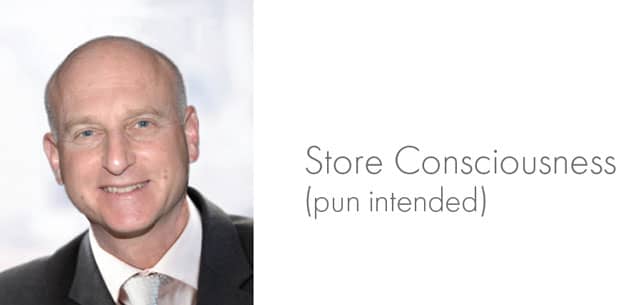
Zen teacher, Thich Nhat Hahn wrote that “when we understand how our
mind works, our practice becomes easy.”
He was referring to mindfulness practice. But if you are a furniture
retailer who spends more time thinking about your customers’ minds
than your own, you still might find Nhat Hahn’s ideas about the
psychology of decision-making interesting.
In his view, each individual possesses something called store consciousness
that stores information gathered over a lifetime (and before that) from lots
of sources. It then processes that information. He observed that, “our
sense of beauty, our sense of liking or disliking, has been decided very
certainly and very discreetly on the level of store consciousness.”
Store consciousness functions without input from the mind or rational
decision making. “It can do a lot of planning; it can make a lot of
decisions without you knowing about it.”
In the world of retail, there’s a different type of
‘store’ consciousness owners and managers can cultivate.
The furniture buying public believes that their decision-making processes
are rational. Nhat Hahn said that this is an illusion. Economists who study
behavioral economics agree. Nobel prize winning economist Richard Thaler and
Cass Sunstein noted that “Small and apparently insignificant details
can have major impacts on people’s behavior.”
Because people believe they are rational actors, they need retailers to
provide information for their minds to consider, such as, price,
availability and quality features. But customer decision-making is more
often based on those “apparently insignificant details” Thaler
and Cass wrote about.
To incorporate subtle brand impressions that interact with your targeted
customers’ store consciousness is a project that requires sweating the
details about how customers make decisions at every retail touch point.
There are several articles in this edition of Furniture World that address,
directly or indirectly, how customer decision-making happens.
Check out how Julia Calabrese, ASID, Global Design Manager, Ford Motor
Company approaches design from the perspective of anthropology, psychology
and neurology. Beckey Waldrop of Miller Waldrop furniture talks about left
brain-right brain approaches to buying. There’s lots more from David
McMahon, David Benbow, Scott Morris, Gordon Hecht, Jennifer Magee and the
Comeaux family at AFD Furniture that just may help your retail practice to
become more mindful and satisfying.
